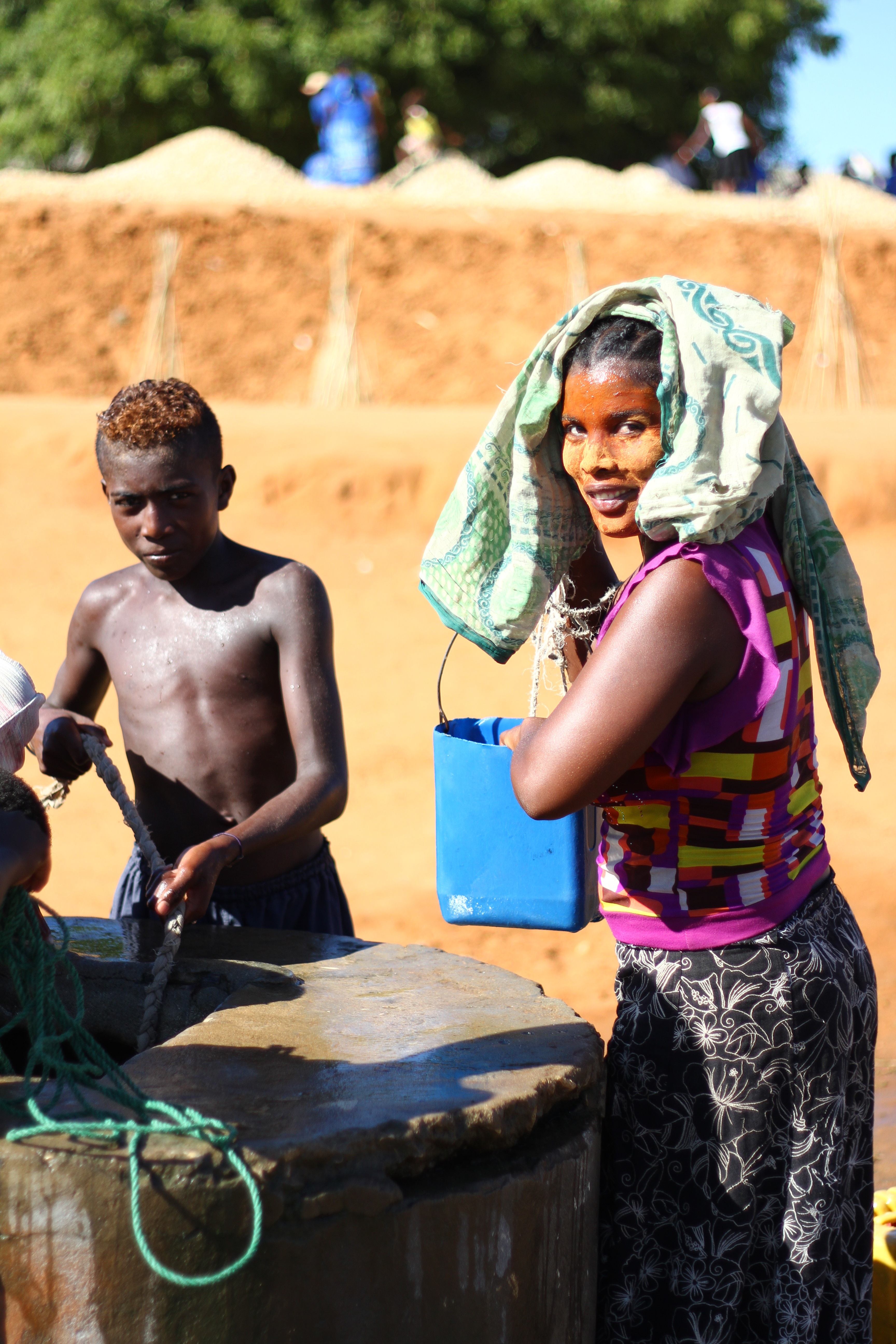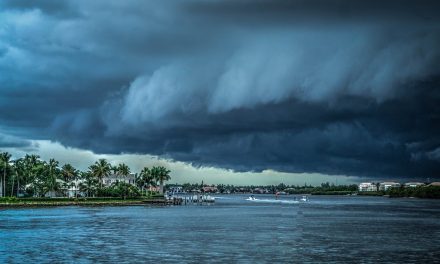 On Nov. 27, the Chesapeake Bay Program (CBP) released the “Bay Barometer,” a report detailing long- and short-term health trends of the bay and progress made throughout the watershed. Although the CBP says restoration work provides cause for optimism, ecological indicators continue to show impairment due to excess nutrients, chemical contaminants, and resource demands, the report states.
On Nov. 27, the Chesapeake Bay Program (CBP) released the “Bay Barometer,” a report detailing long- and short-term health trends of the bay and progress made throughout the watershed. Although the CBP says restoration work provides cause for optimism, ecological indicators continue to show impairment due to excess nutrients, chemical contaminants, and resource demands, the report states.
“Bay Program partners have made significant strides in moving us ever closer to a healthy, restored bay watershed. Although we would like to see more immediate results from our actions, we will have to exercise persistence and patience as the actions we take to rebuild balance and resilience back into this complex ecosystem take effect and show up in the data from our monitoring networks,” said Chesapeake Bay Program Director Nick DiPasquale.
New data on the lag time between restoration actions and measurable results across the watershed may provide optimism as well as restoration accomplishments. CBP partners have created or re-established 903 ha (2,231 ac) of wetlands and planted 460 km (285 mi) additional forested buffers. Further, partners are 25%, 27% and 32% of the way to meeting 2025 goals for reducing nitrogen, phosphorus, and sediment loads, respectively, to the bay. Positive signs of restoration include increasing numbers of returning American Shad, stable adult female crab populations, and healthy Rockfish numbers. However, signs of impairment still exist. For instance, 74% of 92 tidal areas analyzed were positive for chemical contaminants, and underwater grasses continue to decline.
In October, the U.S. Environmental Protection Agency announced $6.6 million in grants supporting restoration and outreach initiatives in the Chesapeake Bay Watershed. The projects supported by this funding and others should help to further improve the bay’s condition.
“The Chesapeake Bay Partnership will continue to report health and restoration information each year, work to improve our science and reporting systems, and look forward to observing the gains we will achieve from the work we are doing today,” DiPasquale said. Read more.





